There’s something about cold weather that makes me crave a big bowl of beef stew. You know the kind—tender beef, soft vegetables, and that rich gravy that just hits differently when it’s chilly outside. This slow cooker version has become my go-to because honestly, it pretty much cooks itself.
The taste is everything you want from a good beef stew: deeply savory and comforting. The beef gets melt-in-your-mouth tender after cooking low and slow for 6-8 hours, and the broth picks up all those flavors from the red wine, Worcestershire sauce, tomato paste, and herbs. It’s the kind of dish that fills your house with an amazing smell and makes everyone ask “what’s for dinner?” the moment they walk in.
What I love about this recipe is how hands-off it is. You spend maybe 30 minutes browning the meat and building the flavor base, then the slow cooker does all the heavy lifting while you go about your day. No constant stirring, no babysitting—just tender, flavorful beef stew waiting for you at dinnertime.
I always serve this with crusty bread for dunking into that incredible gravy—it’s pretty much mandatory. Those golden mini roasted potatoes on the side? They’re perfect for soaking up extra sauce too, and they add a nice crispy contrast to the tender stew. Sometimes I’ll add a simple green salad to round things out, but honestly, the stew with good bread is all you really need.
This makes enough for 6-8 servings, so it’s great for feeding a crowd or having leftovers for easy meals throughout the week. Let’s get cooking.
This rich and comforting beef stew is packed with tender beef, sweet carrots, and savory leeks, all simmered in a deeply flavored broth. Perfect for a cozy meal!
Ingredients
- For the Beef:
1.5 lbs (680g) beef chuck or stewing beef, cut into 1-inch cubes
1 tbsp olive oil (or bacon grease)
Salt and black pepper
Aromatics & Vegetables:
4 slices bacon, cut into 1/2-inch pieces (or 4oz smoked lardons)
1 medium yellow onion, chopped
2 medium carrots, sliced thickly (about 1/2-inch pieces)
2 cloves garlic, minced
8oz (225g) cremini or button mushrooms, halved or quartered if large
- Liquid & Seasoning:
1 cup dry red wine (like Pinot Noir or Burgundy)
1 cup beef broth (low sodium)
2 tbsp tomato paste
1 tsp dried thyme
1 bay leaf
1 tbsp all-purpose flour (optional, for thickening/searing)
- For Finishing (Optional):
1 tbsp butter, softened
1 tbsp flour or cornstarch (mixed with a little cold water to make a slurry)
Fresh parsley, chopped, for garnish
Directions
- Brown the Bacon and Beef (Optional but Recommended for Flavor):
In a large skillet, cook the bacon pieces over medium-high heat until crisp. Remove the bacon with a slotted spoon and set aside, leaving the rendered fat in the pan.
Pat the beef cubes dry and season well with salt and pepper. If using flour for thickening, lightly dredge the beef cubes in the flour before browning.
Add the olive oil (if needed) to the bacon grease. Brown the beef in batches on all sides, about 3−4 minutes per batch. Do not overcrowd the pan. Transfer the browned beef to the slow cooker insert.
Tip: If you skip the browning, add the raw, seasoned beef directly to the slow cooker, but know you will lose a bit of the depth of flavor. - Sauté Aromatics:
Reduce the heat on the skillet to medium. Add the chopped onion and sliced carrots to the skillet and sauté for about 3−4 minutes until they begin to soften.
Stir in the minced garlic and tomato paste and cook for 1 minute. - Deglaze and Create Sauce:
Pour the red wine into the skillet and bring it to a simmer, scraping up any browned bits from the bottom of the pan (this is called deglazing and adds lots of flavor). Let it simmer for 1−2 minutes.
Stir in the beef broth, dried thyme, and bay leaf. Bring to a light simmer. - Slow Cook:
Pour the wine and broth mixture over the beef in the slow cooker.
Add the cooked bacon (reserve a little for garnish if you like) and the mushrooms to the slow cooker. Stir to combine.
Cover and cook on LOW for 7−8 hours or on HIGH for 3.5−4 hours, or until the beef is very tender. - Thicken and Finish:
Towards the end of the cooking time, check the sauce consistency. If you prefer a thicker sauce, you can:
– Remove the lid and cook on High for the last 30 minutes to let some liquid evaporate.
– Stir in a slurry of 1 tablespoon cornstarch mixed with 2 tablespoons cold water, and cook on High for another 15−30 minutes until thickened.
Remove and discard the bay leaf. Taste and adjust seasoning with salt and pepper.
Garnish with fresh chopped parsley before serving. can you keep me the same content but change the format to fit with my blog post
No Slow Cooker? No Problem!
Don’t worry if you don’t have a slow cooker – you can absolutely make incredible beef stew with what you already have in your kitchen. In fact, some of the best stews I’ve ever made were done the old-fashioned way.
Your best bet is a Dutch oven or any heavy pot with a good lid. Just follow the same searing steps we talked about, then pop the whole thing in your oven at 325°F for about 2-3 hours. The oven gives you really even heat, and honestly, the results are often even better than a slow cooker.
If you’ve got a pressure cooker or Instant Pot, you’re in luck – you can have tender stew in under an hour. Sear your beef using the sauté function, add everything else, and pressure cook for about 35-45 minutes. Just remember to add your vegetables in the last 10-15 minutes so they don’t turn to mush.
Even a regular pot on your stovetop works beautifully. Keep it on the lowest simmer possible, give it a stir every now and then, and let time do its magic for about 2 hours. You might need to add a splash more broth if it gets too thick.
The truth is, good beef stew is more about patience and proper technique than fancy equipment. As long as you’re cooking it low and slow, you’ll end up with that fall-apart tender meat we’re all after.
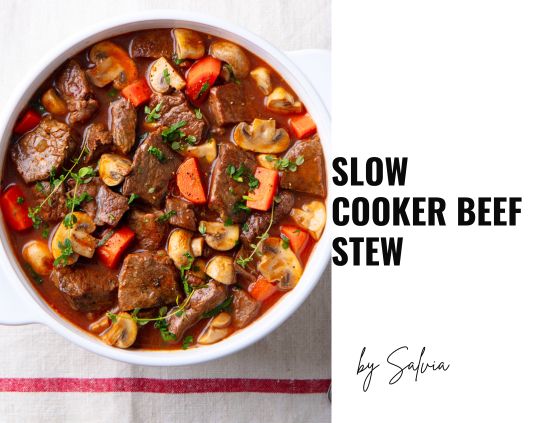
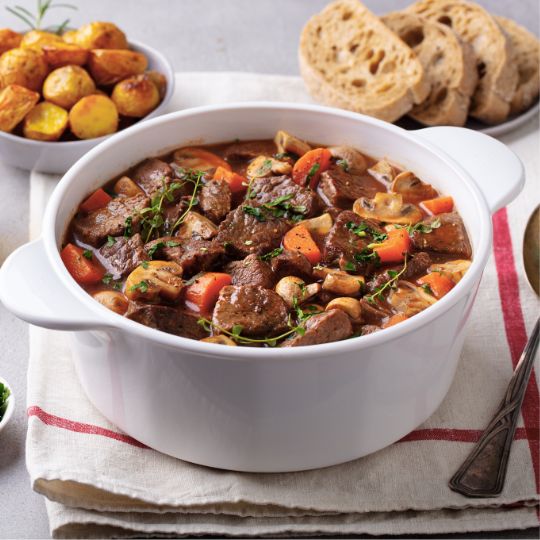
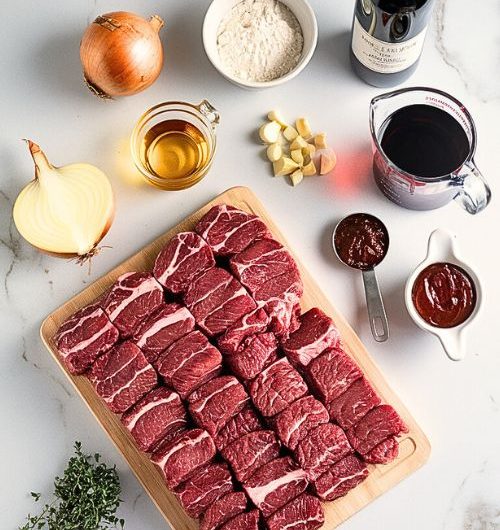
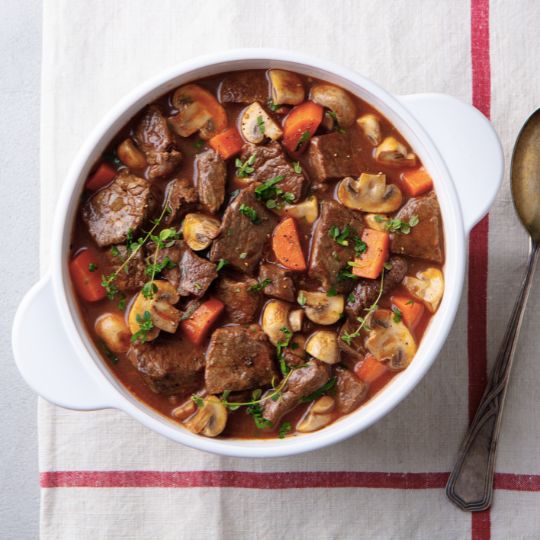




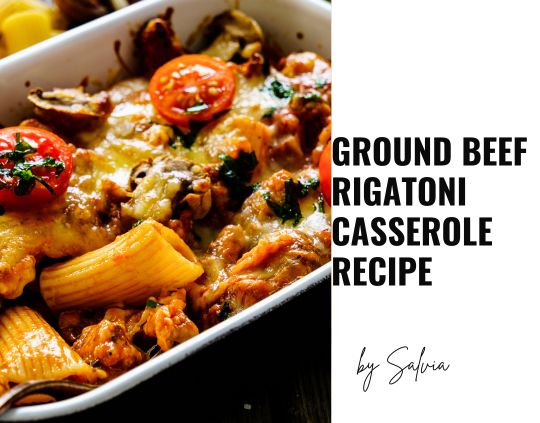



Leave a Reply